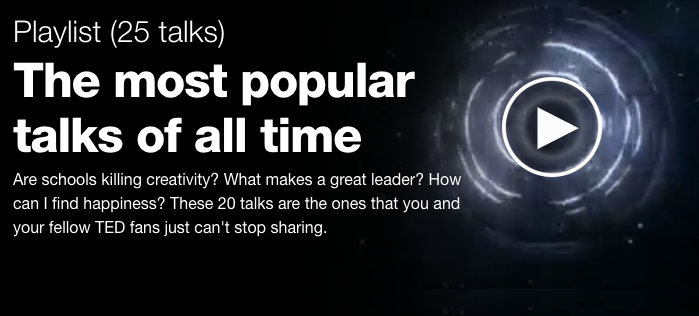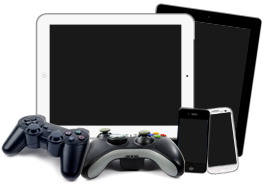Oops … We’ve been busy preparing for the Blackboard upgrade and lost track of time.
This time of year we like to provide you with a little treat, The 12 Days of Learning, that we have borrowed (er, shamelessly stole) from Hoonuit (formerly Atomic Learning). Unfortunately, this year our time and energy have been focused on the upcoming Blackboard upgrade. So, in lieu of new content, here is a recap of 12 Days of Learning from Decembers past.
Have a wonderful winter break and we’ll see you again in January!
2016
- Learn Anything in 20 Hours
- Email Your Students Without Knowing Their Email Addresses
- Collaborate and Get Work Done with Office 365 Groups
- Create a Screencast for Your myLesley Course
- Can I Use That?
- Use an OER Textbook
- Why We Need Digital Literacy Skills
- Introducing SAMR
- Visible Thinking
- Backward Design
- Create a Storyboard
- Set up Your Holiday Devices
- Bonus: Most Popular TED Talks
2015



